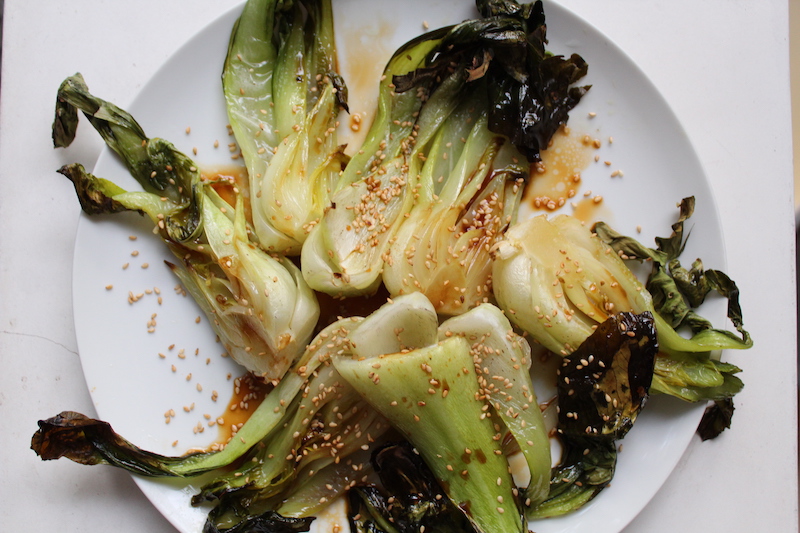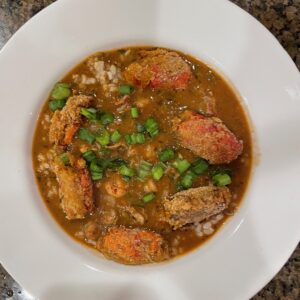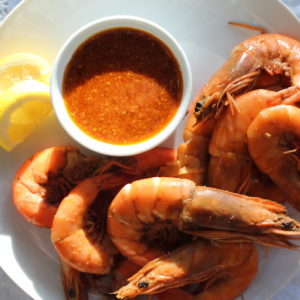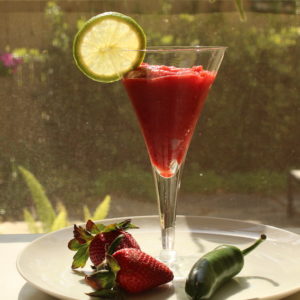Bok choy, a Chinese white cabbage, is in the group of the cruciferous vegetable family. It is an excellent source of vitamin C, vitamin K, vitamin A, and beta carotene. It is also a source of folate, calcium, and vitamin B6.
In the fall, our farmer’s market has baby bok choy. It is almost too pretty to cook. The entire vegetable is edible. You can eat it raw in salads or slaws, sauté it in a stir-fry or braise it, grill or roast it over high heat in the oven.
It has a gentle mild flavor and a crisp texture. Make sure that you buy fresh bok choy that is bright green and crisp and not limp or soggy. Before using it, cut off the end and rinse the leaves carefully to remove any dirt or sand and then allow it to dry before cooking.
The leaves cook quicker than the stems. So if you are sautéing or braising the bok choy, you may want to add the leafy green parts after the firmer stems. When grilling or roasting, it is best, however, to leave the vegetable whole and intact.
Quarter or halve the bok choy depending on the size of the vegetable. Keep it intact because you do not want to be roasting individual leaves. If it gets a little charred on the edges during the roasting process that is fine. Once you have roasted it, sprinkle it with sesame seeds and serve immediately. This roasted bok choy is good with almost anything. I like to serve it with my peanut cilantro pesto fish or the Vietnamese style shrimp cakes. You can also pair it with meats or chicken or serve with with other veggies as a vegetarian meal.






Comments are closed.